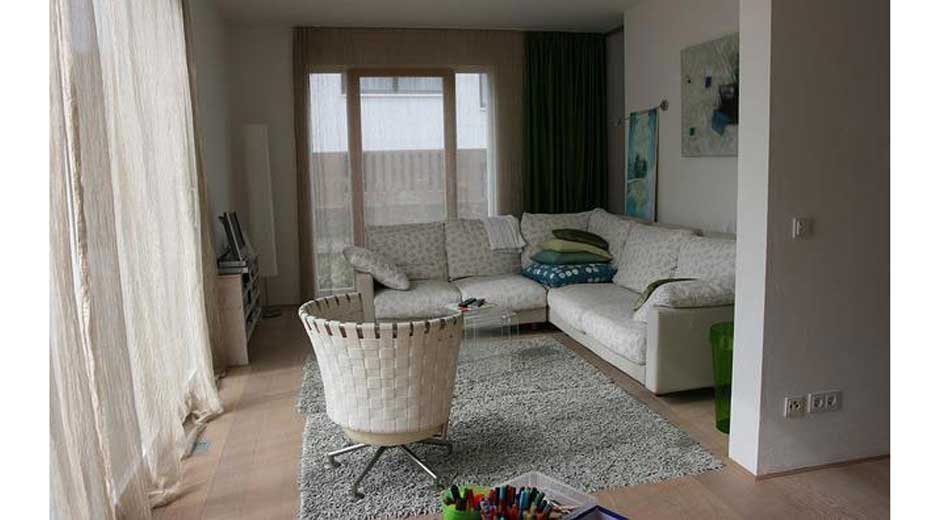Although you might not regularly hear of them in the same sentence, accessibility and sustainability can go together in a home.
Creating a sustainable home often focuses on reducing energy use, conserving resources, and minimizing waste. Yet true sustainability also considers how well a space supports people of all abilities. Designing with accessibility in mind ensures that everyone can live comfortably while lowering environmental impact. Thoughtful choices such as energy-efficient lighting, adaptive layouts, and eco-friendly materials create homes that are inclusive and resilient. By blending green practices with universal design, homeowners can achieve long-term value that benefits both people and the planet.
A sustainable home that is also accessible fosters independence, comfort, and environmental responsibility in daily living. If you are disabled and are looking for ways to make your home more eco-friendly and reduce your carbon footprint, there is nothing to do but read on.
· Look at Residential Elevator Options
Residential elevators are incredibly useful for disabled homeowners, allowing them to get between the floors of their homes without having to worry about moving to a single-storey building. However, some residential elevator options are more sustainable than others. When you are looking at these, you should try to find ones that are energy-efficient, that do not use much power, and that have regenerative drives. You might also look for residential elevators that are made from recycled materials, as these can stop the product from having a large carbon footprint before it has even reached you. This means that you should always request the eco policy of any home elevators company that you use.
· Think About Ramps
Ramps can be an effective way of getting up to your front door if it is situated on a hill. However, not all ramps are made out of sustainable materials. You should look for ramps that have been built from recycled concrete or wood. You might also look for cork or bamboo ramp options, as these can have a smaller impact on the environment.
· Start Composting
You might believe that composting is out of bounds for you, with many people composting in ways that are difficult for disabled people to participate in. However, composting does not have to be barred to you. Instead, you should build a ramp that will allow you to easily reach your compost. You might also look for less strenuous composting methods that can allow you to get involved. However, gardening itself can be difficult for disabled people, which is why you need to employ raised beds and tools that have been specifically designed for use by disabled individuals.
· Get Smart Technology
Luckily, the biggest trends in home design and eco-friendliness also happen to be accessible. Smart technology can help you to better control your house without having to battle functions that have not been made with disabled people in mind. With your voice, you will be able to manage your oven, your trash cans, and even your thermostat and front door. Smart tech is also eco-friendly as it can help you to reduce your energy usage and to employ precision around the usage of devices in your home.


